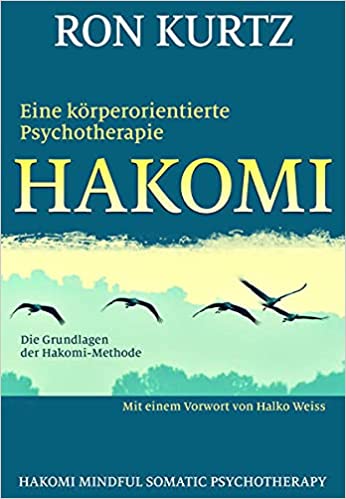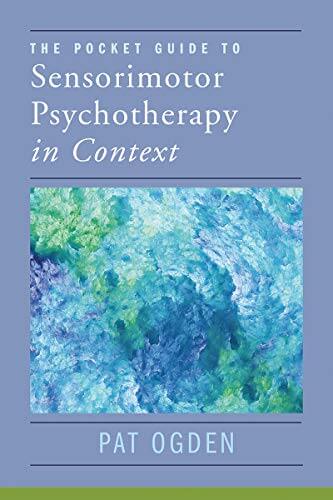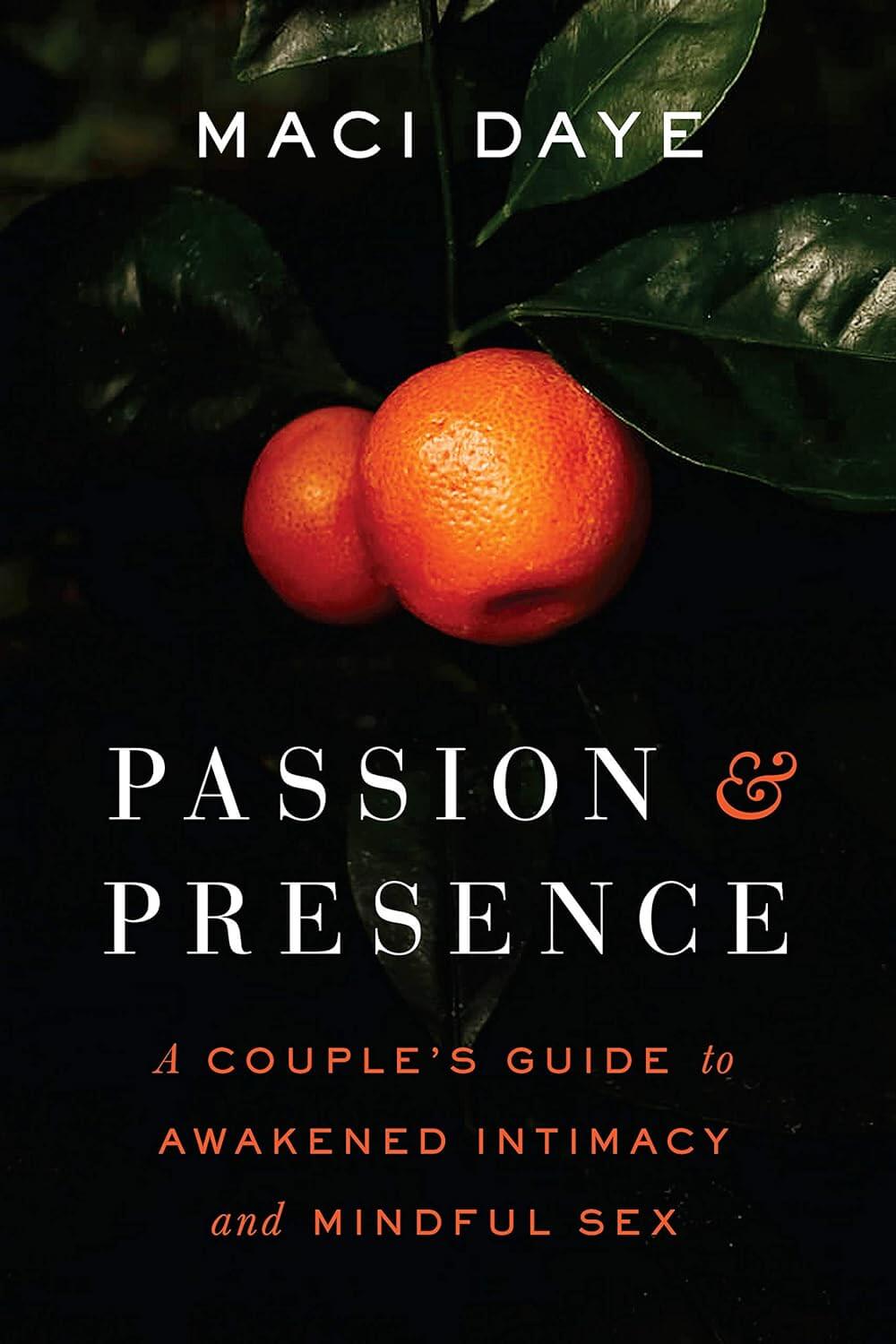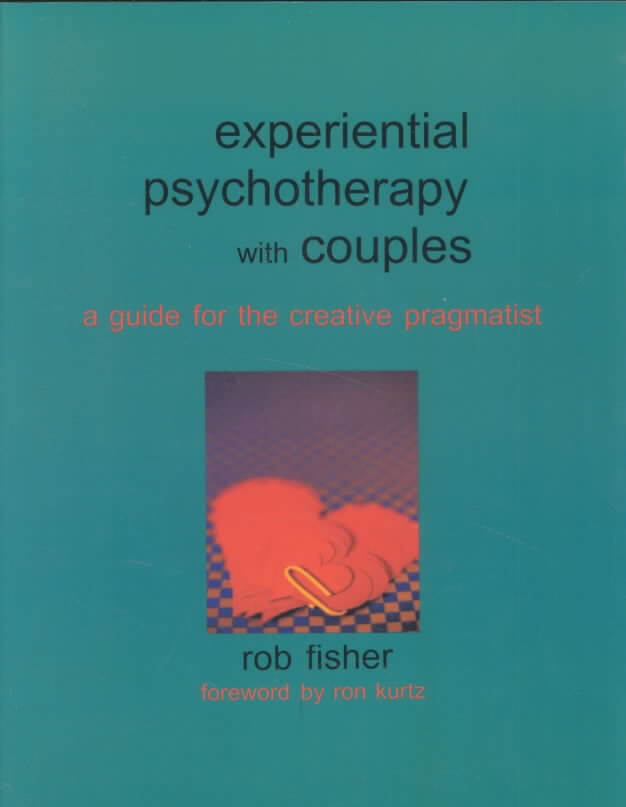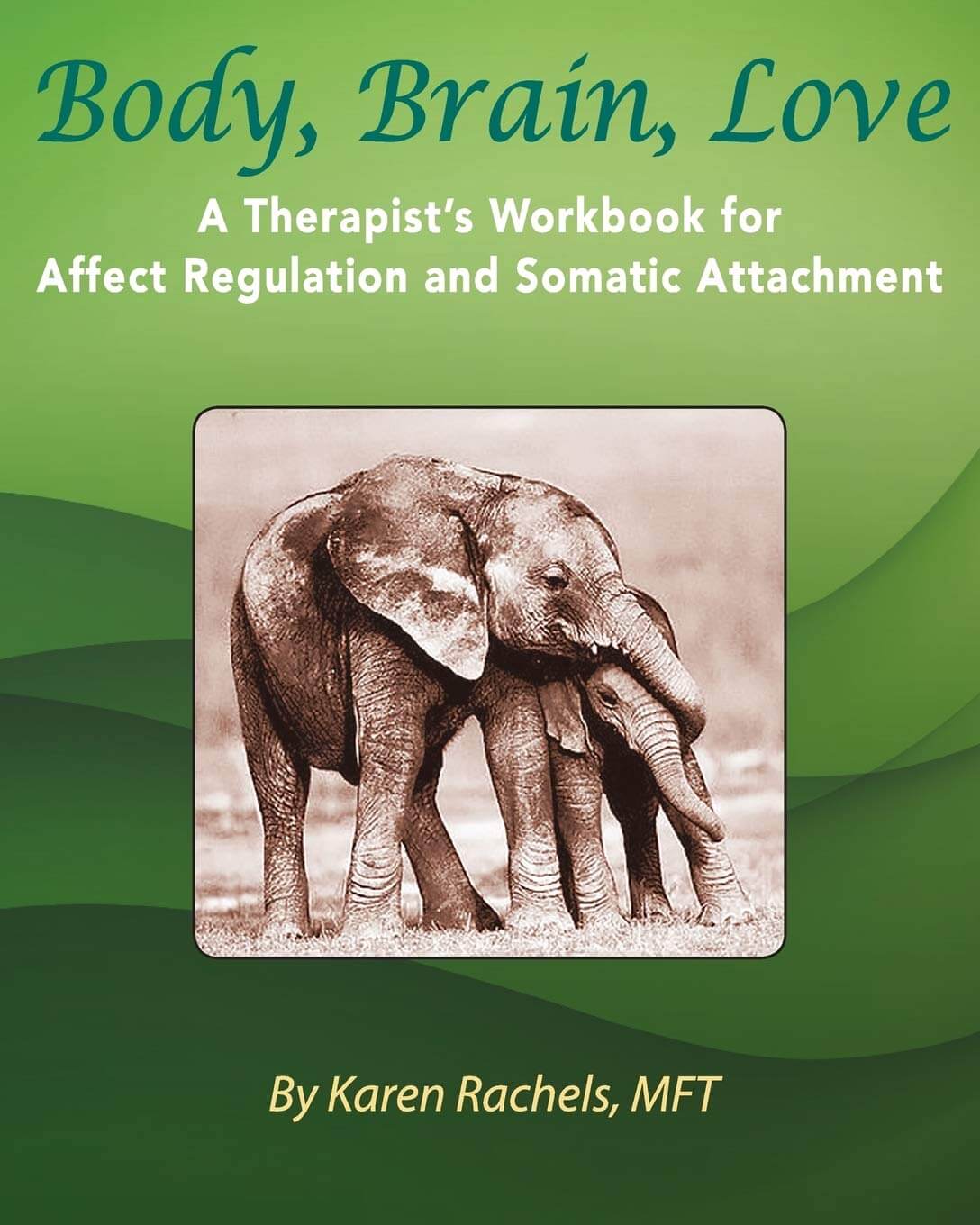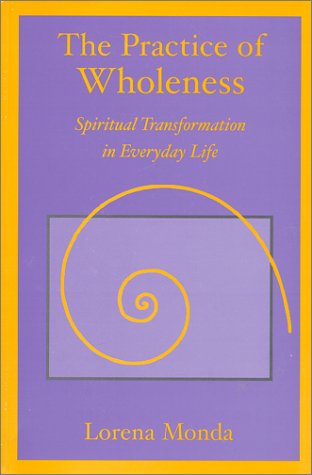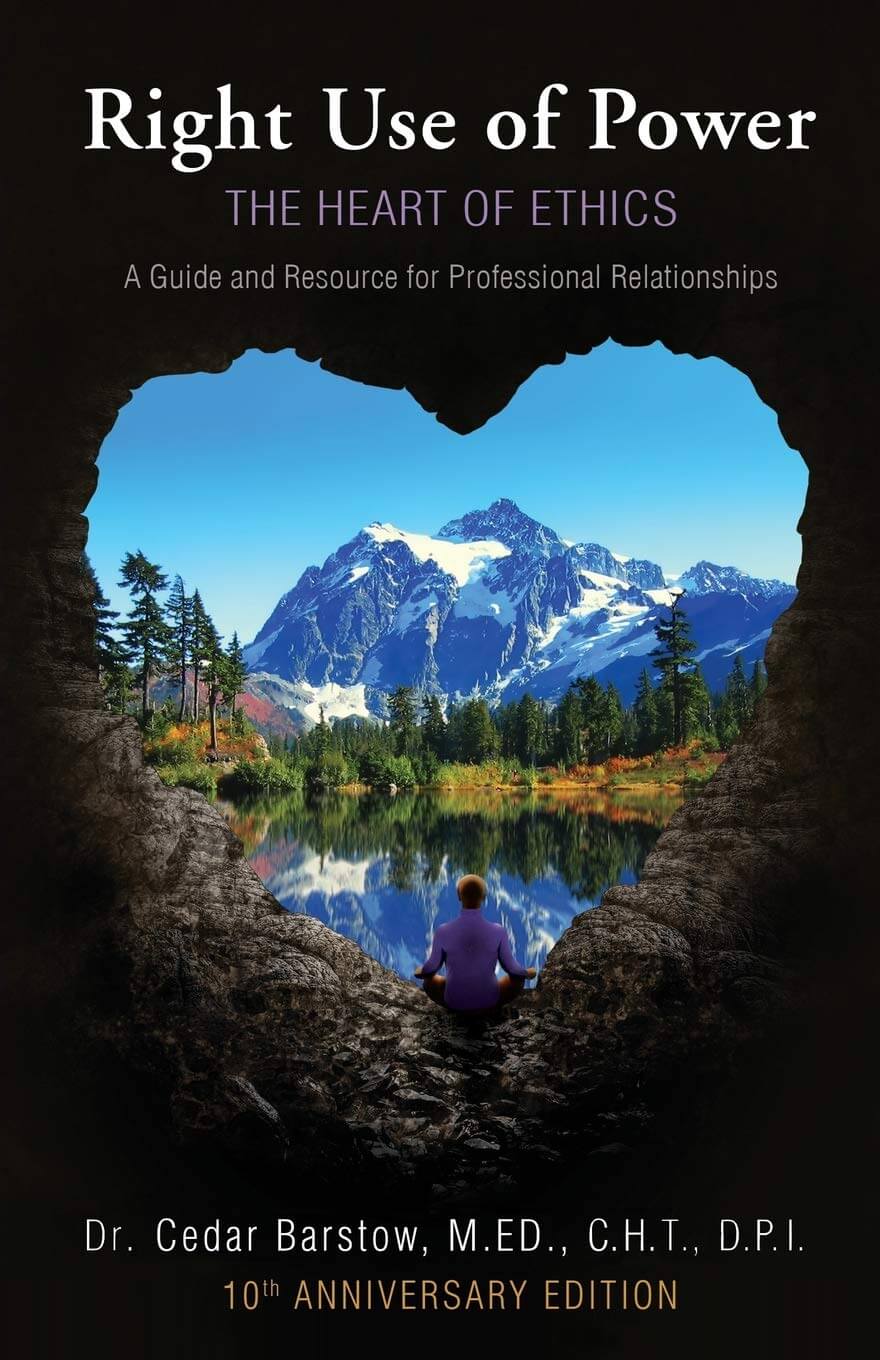Books
Hakomi Method
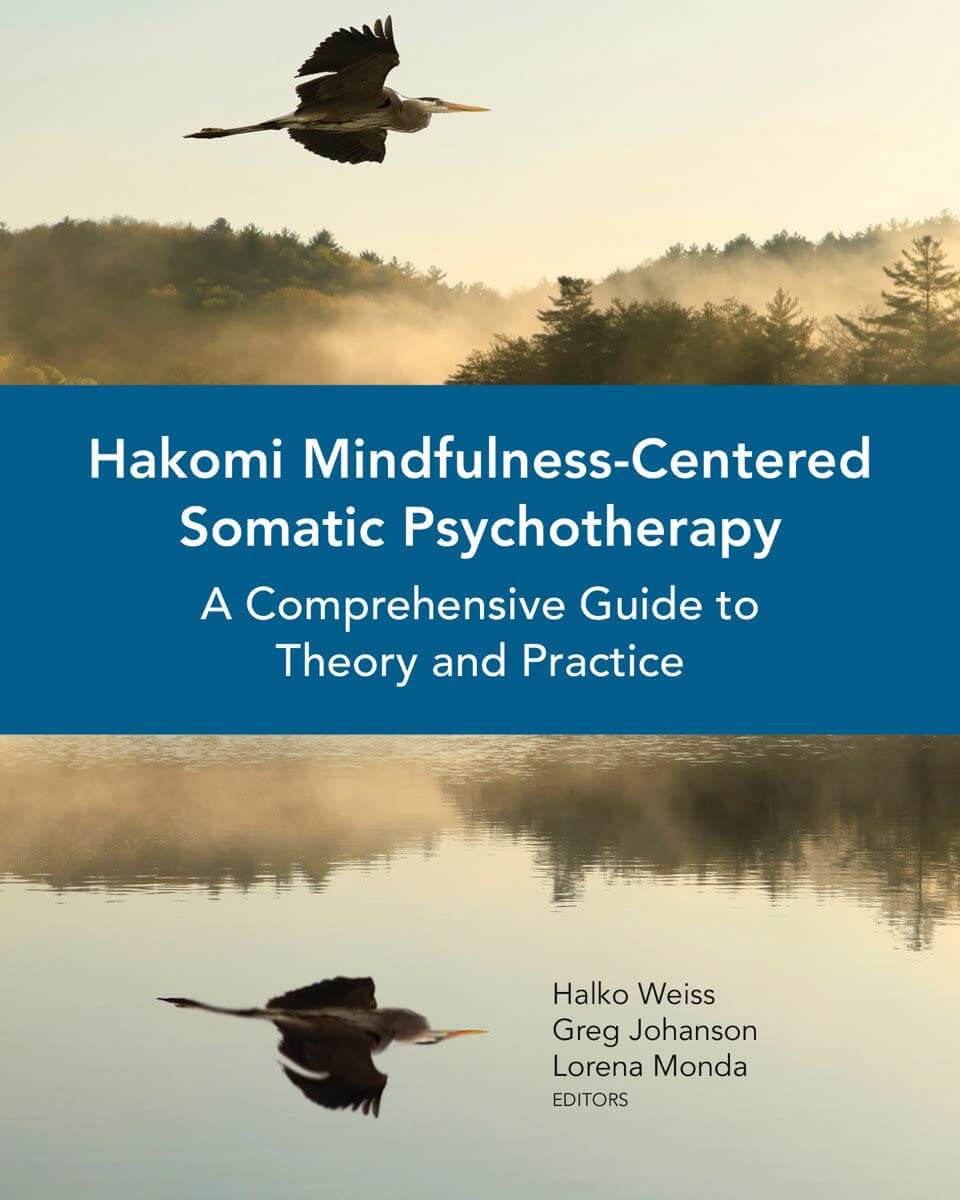
Hakomi Mindfulness-Centered Somatic Psychotherapy: A Comprehensive Guide to Theory and Practice
Halko Weiss, Greg Johanson, Lorena Monda
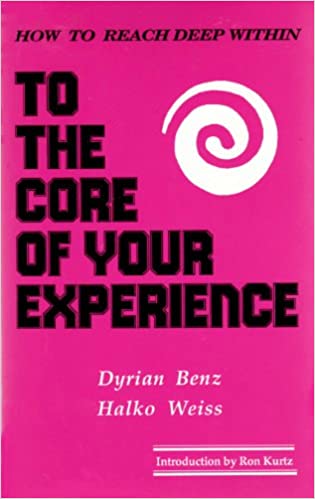
To the Core of Your Experience
DYRIAN BENZ AND HALKO WEISS
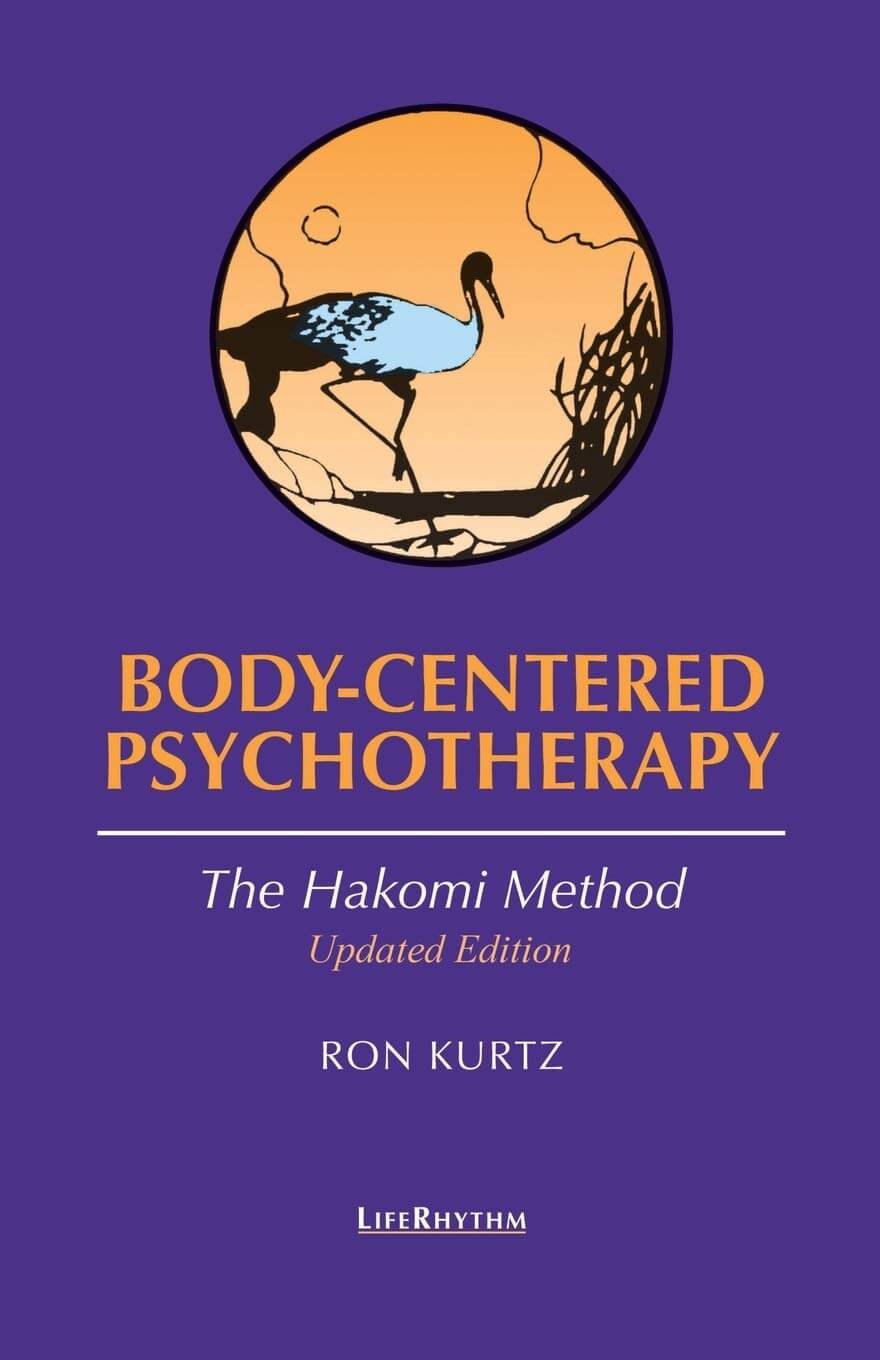
Body-Centered Psychotherapy
Ron Kurtz
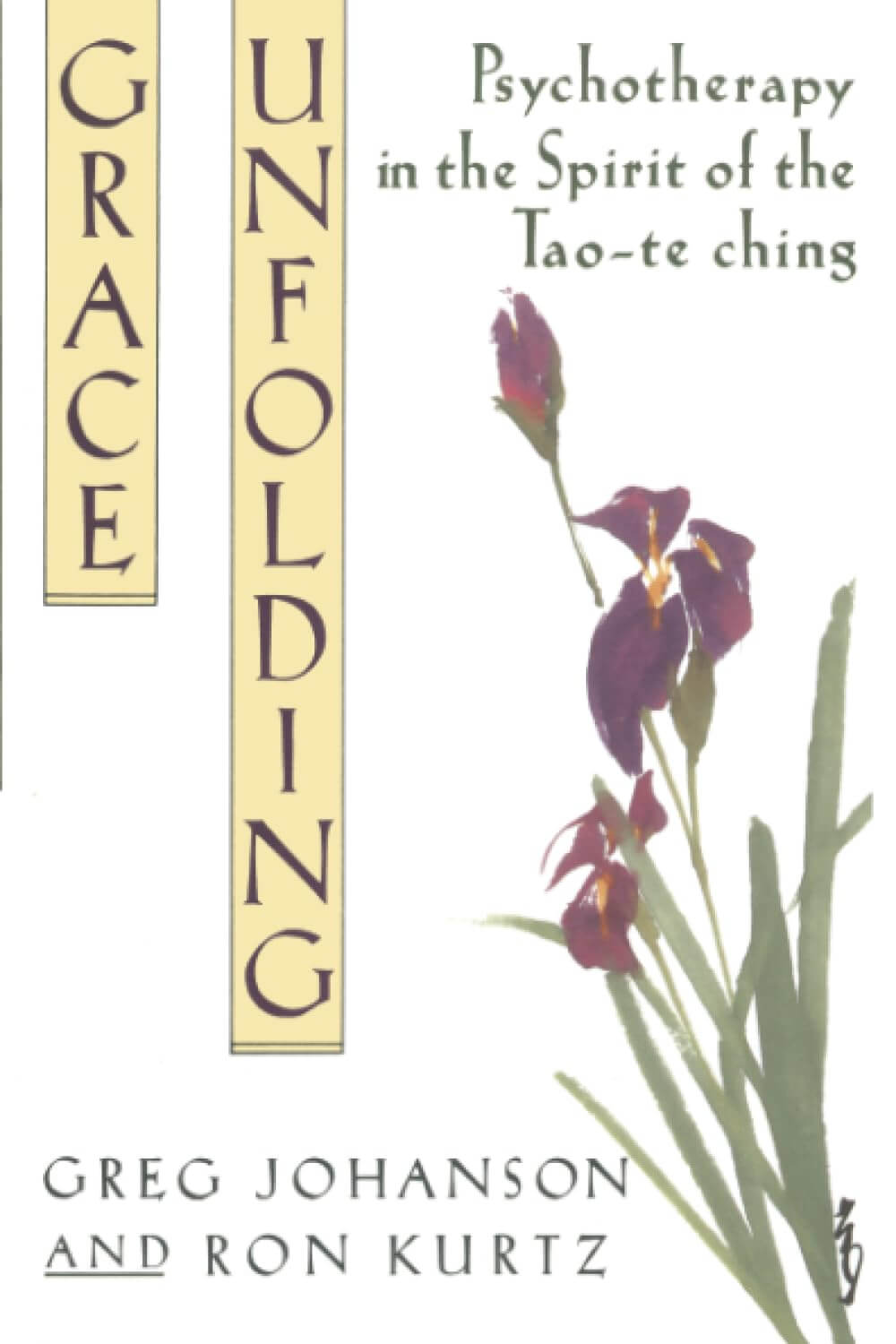
Grace Unfolding: Psychotherapy in the Spirit of Tao-te ching
Greg Johanson & Ron Kurtz
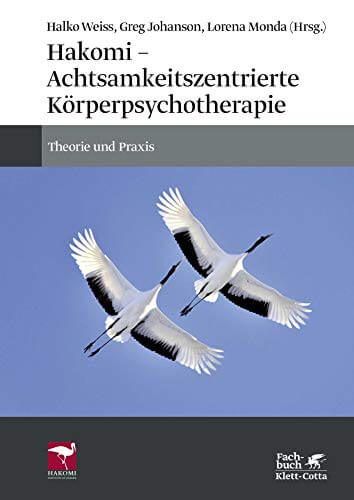
Hakomi - Achtsamkeitszentrierte Körperpsychotherapie: Theorie und Praxis (In German)
HALKO WEISS, GREG JOHANSON, LORENA MONDA
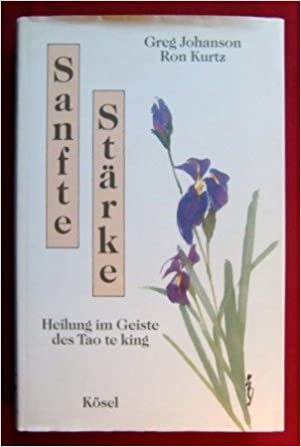
Sanfte Stärke (In German)
GREG JOHANSON, RON KURTZ
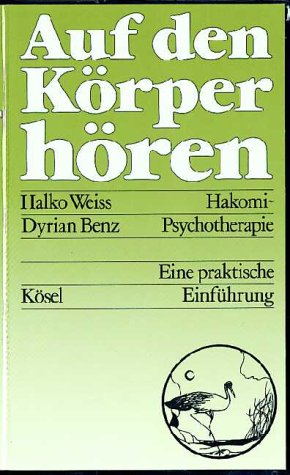
Auf den Körper hören (In German)
HALKO WEISS, DYRIAN BENZ

ハコミセラピー完全ガイド:理論と実践 -マインドフルネスに基づいたソマティックな心理療法
ウィリングヘム 広美 (監修, 翻訳), 岡田 千恵子 (監修, 翻訳), ハルコ・ワイス (編集), グレッグ・ヨハンソン (編集), ロレーナ・モンダ (編集)
Body-Centered Psychotherapy
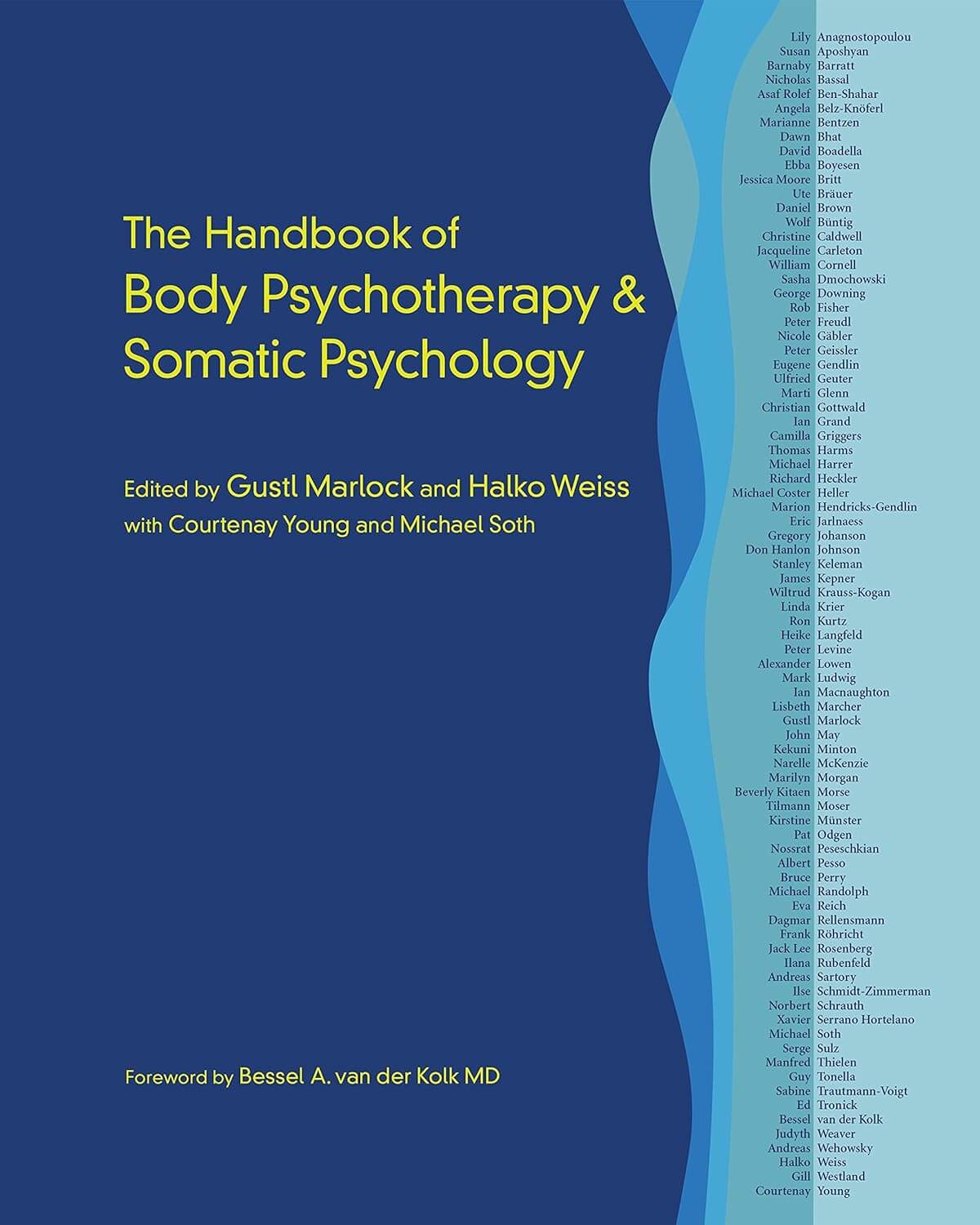
The Handbook of Body Psychotherapy and Somatic Psychology
Gustl Marlock, Halko Weiss, Courtenay Young, Michael Soth
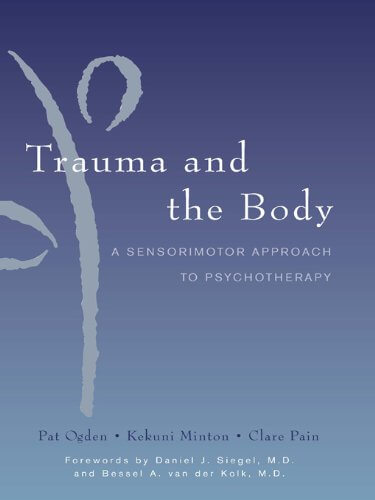
Trauma and the Body: A Sensorimotor Approach to Psychotherapy
PAT OGDEN, KEKUNI MINTON, CLARE PAIN

Sensorimotor Psychotherapy: Interventions for Trauma and Attachment
PAT OGDEN, JANINA FISHER
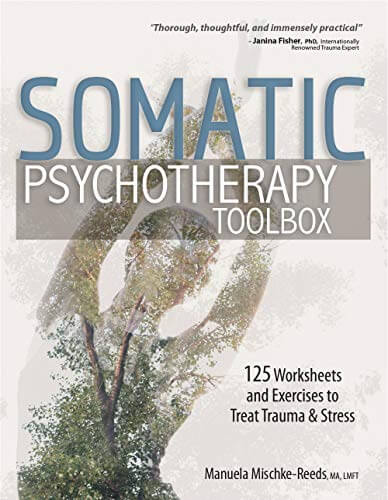
Somatic Psychotherapy Toolbox: 125 Worksheets and Exercises for Trauma & Stress
MANUELA MISCHKE-REEDS
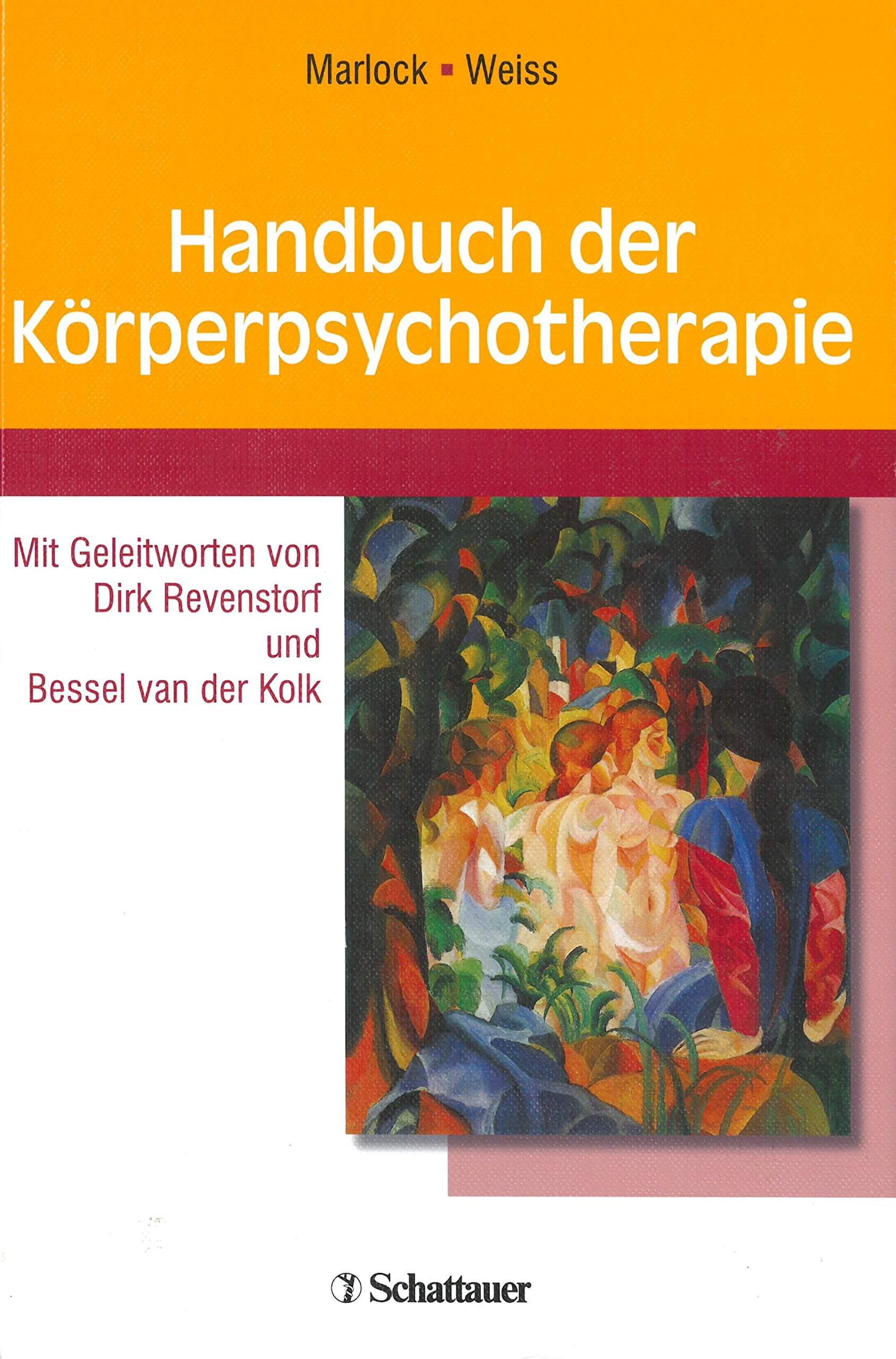
Handbuch der Körperpsychotherapie (In German)
HALKO WEISS, TILMAN NIEMEYER, GUSTL MARLOCK

Botschaften des Körpers: Bodyreading: ein illustrierter Leitfaden (In German)
RON KURTZ, HECTOR PRESTERA
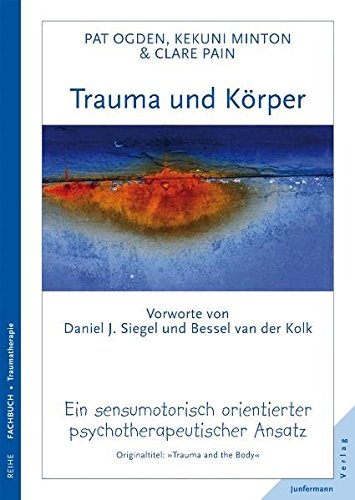
Trauma und Körper (In German)
PAT OGDEN, KEKUNI MINTON, CLARE PAIN
Mindfulness
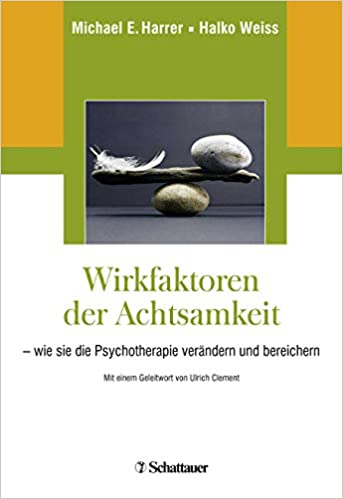
Wirkfaktoren der Achtsamkeit: Wie sie die Psychotherapie verändern und bereichern (In German)
MICHAEL E. HARRER, HALKO WEISS

Das Achtsamkeits Buch (In German)
HALKO WEISS, MICHAEL E. HARRER, THOMAS DIETZ

Das Achtsamkeits-Übungsbuch: Für Beruf und Alltag (In German)
HALKO WEISS, MICHAEL E. HARRER, THOMAS DIETZ
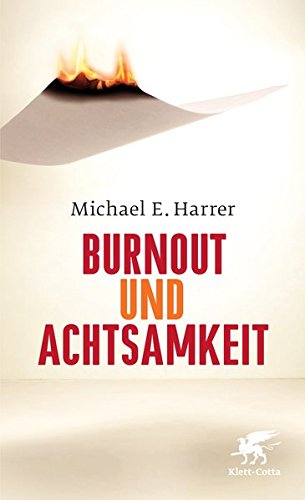
Burnout und Achtsamkeit (In German)
MICHAEL E. HARRER
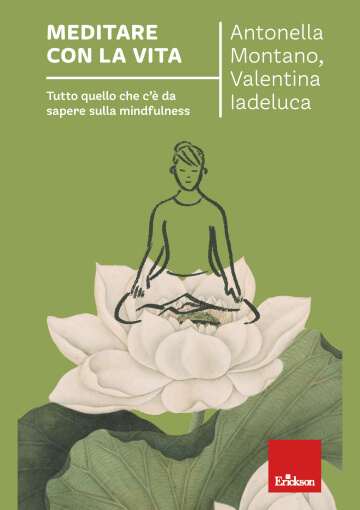
Meditare con La Vita (In Italian)
ANTONELLA MONTANO, VALENTINA IADELUCA
Other
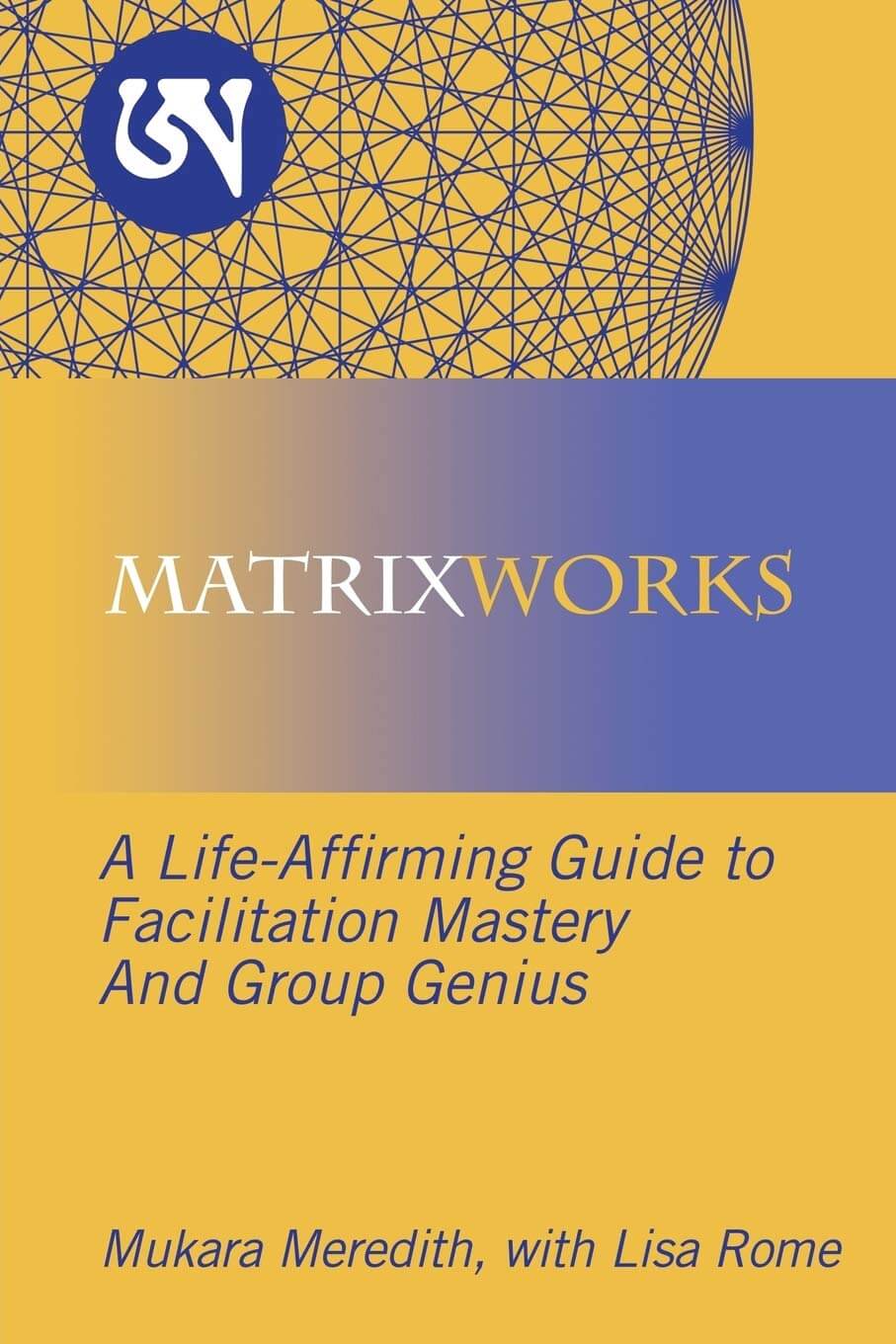
MATRIXWORKS: A Life-Affirming Guide to Facilitation Mastery and Group Genius
Mukara Meredith & Lisa Rome
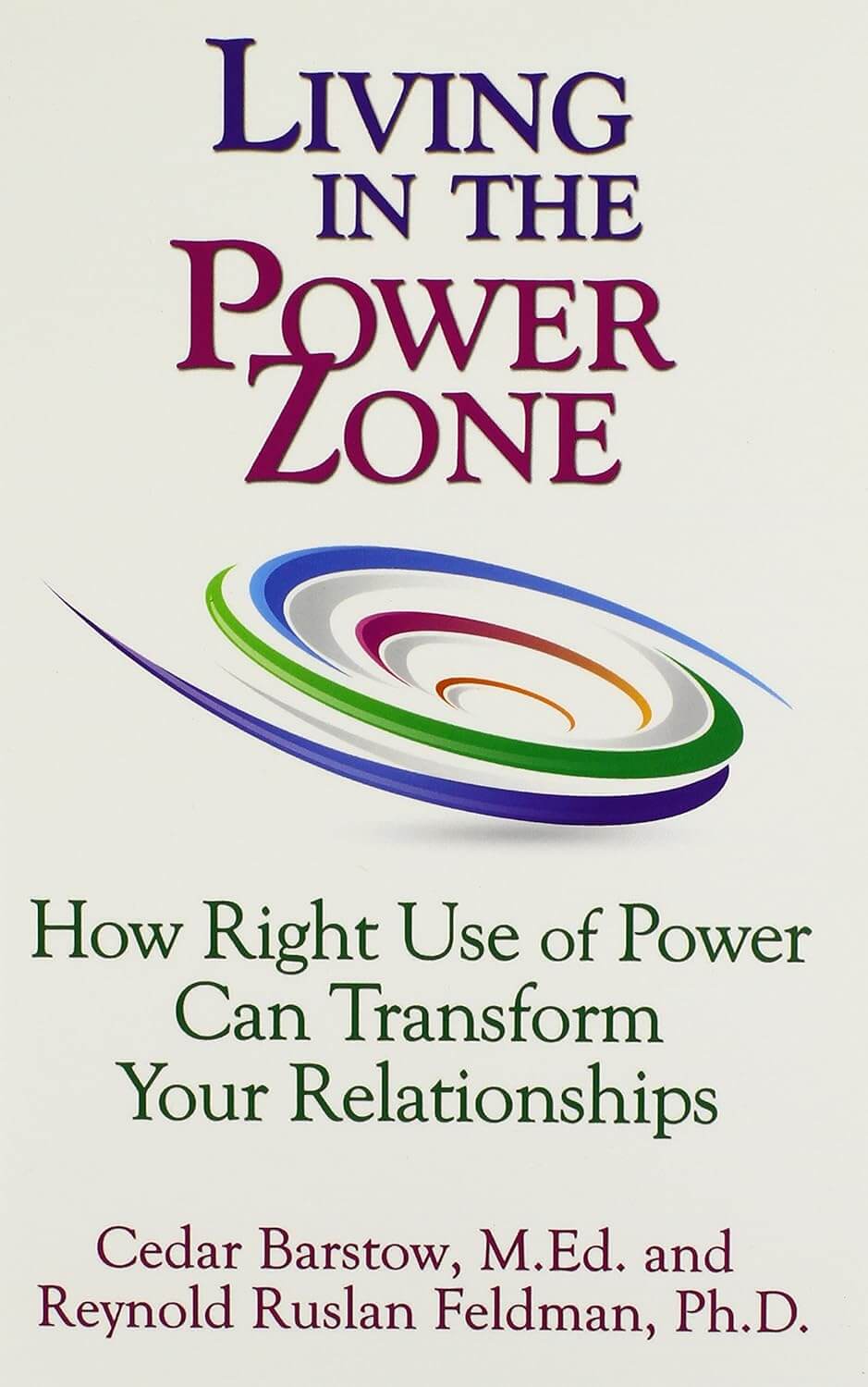
Living in the Power Zone
Cedar Barstow

自己変容をもたらすホールネスの実践 マインドフルネスと思いやりに満ちた統合療法
ロレーナ・モンダ (著), ウィリングヘム 広美 (翻訳), 木村 章鼓 (翻訳)

